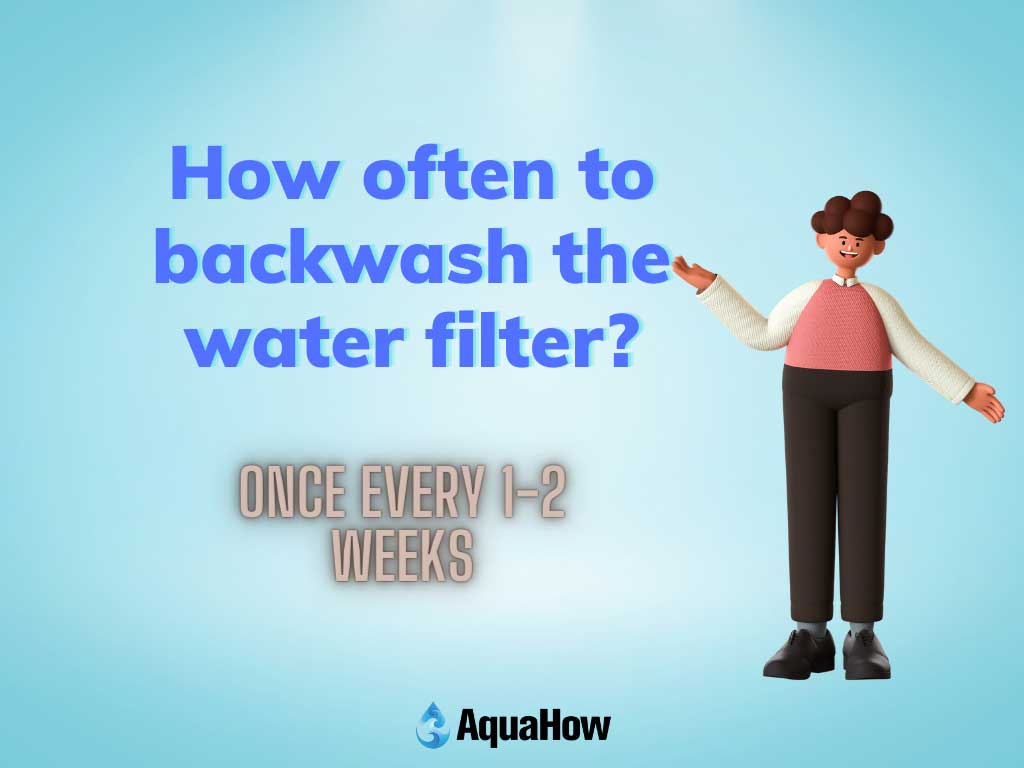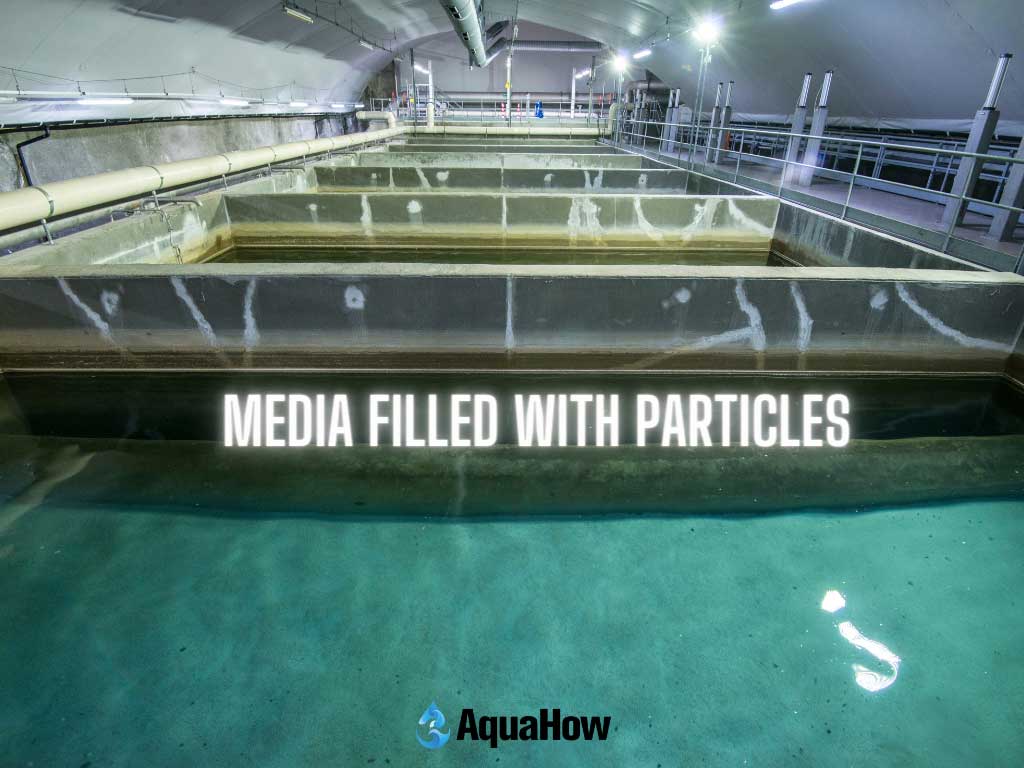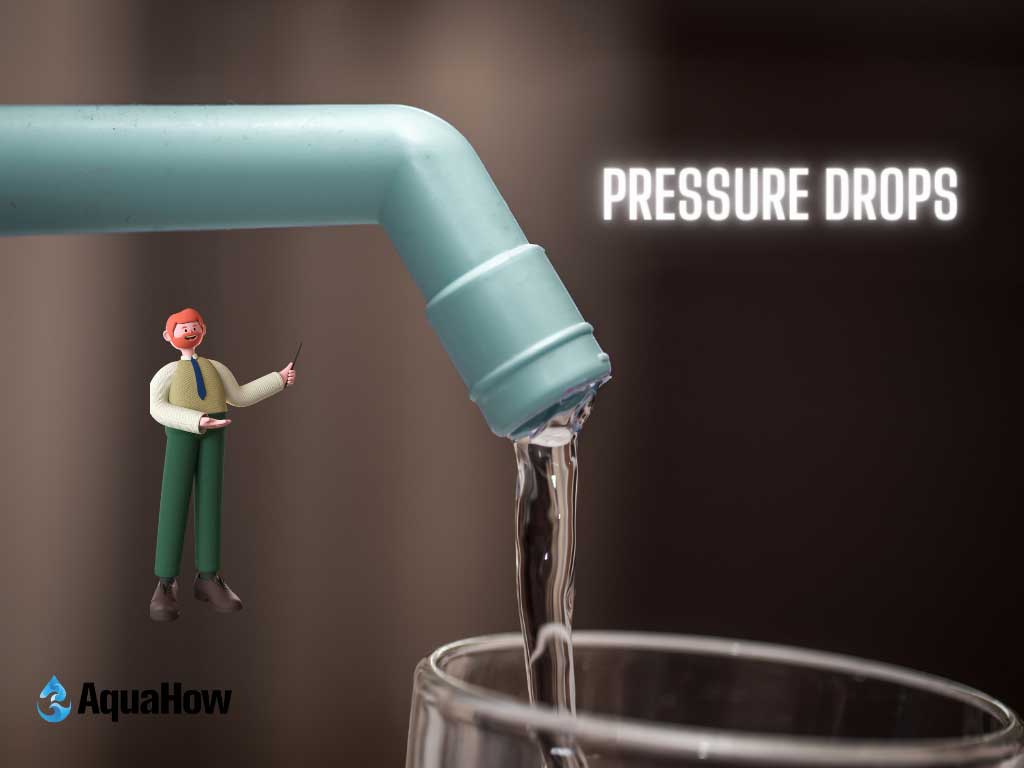The backwashing water filter process is relatively easy these days. In most cases, it is automated and does not require a manual process. Backwashing is the system that reverses the water from the exit point and removes the stored dirt and dust particles from the filter.
| Appliance | Time to do it | Backwashing pressure |
| Pool water filter | once every 1-2 weeks | 8-10 psi |
| Sand Filter | once every 1-2 weeks | 8-10 psi |
| Whole House Water Filter | once every 1-2 weeks | 15 psi |
Generally, the pressure valve indicator reaching 3-5 psi would be the right time to start the backwashing process. It is indicating the pressure inside is higher than normal running water. typically once every 1-2 weeks.
Cleaning the water filter is needed to avoid long-term damage. The media used in the filter become ineffective if the particles are stored in the filter. These particles move with the water, which would be harmful to some extent.

Backwash pool water filter:
Pool water has to chunk large water units every day, especially in hotels or resorts where people use the pool every day. Many pool owners or hotels schedule weekly maintenance of the backwash pool water filter.
It is necessary to control the pressure in the filter and avoid damage. The frequent backwashing keeps the media in the filter in good condition. The particles trapped under the tank would be removed during the backwashing and cleans the filter.
Sand Filter backwashing:
The sand filter requires careful backwashing. The frequent backwashing would result in less sand in the tank. During the cleaning, the sand particles get washed away while backwashing. If you are cleaning your filter tank frequently, your sand layer’s chances would decrease over time.
However, the cleaning of the sand-based water would also depend on the size of the tank. The large size may require regular maintenance. In contrast, small-size tanks would not need much cleaning as they may not be muddy as the large-size tanks.
The sand filter should be cleaned for 3 to 5 minutes. Decide the backwashing time based on the size of the tank. Large sizes may require more time to remove the dirt from the bottom of the tank. Leave the backwash line open for a few more minutes; even the water looks clean after a few minutes.
Sometimes, the sand may have debris trapped underneath, which may take time to get remove. If this debris stays in the filter, it will form a layer under the sand, which leads to slow cleaning and inefficient filtration.
Water would not pass through the thick layer of the sand. The filtration may no longer perform the process at its full potential.
The reason why you should backwash your filter regularly
Media filled with particles:

Water consists of large and small particles that pass through the filtration process. The media used in the filter traps these particles and enables clean water to pass through them. The trapped particles stay at the bottom of the tank.
If you are not performing the filter’s maintenance regularly, the particles will block the way, and it would be hard for the media to clean the water. Your filter will become ineffective and result in a drop in the pressure.
Flow rate decreases:
Even small particles can block the media if it is overlooked. These dust and dirt particles are massive. It forms a layer around the sand and other media used in the filter. Over time it would be thicker. You will experience a water flow rate drop significantly, and your filter may not meet the demand of the clean water supply.
Particles clogged on the filter bed produce deteriorated water quality. Therefore, many current backwash water filters come with an automated cleaning process. You can set a predefined time when the water filter can perform the backwashing task.
In most cases, the cleaning time is set in the early morning when everyone is asleep. Every 4 to 7 days, the backwashing system gets activated and completes the cleaning process by itself. You do not need to manage the backwashing system personally.
Pressure drops:

The clogging in the media would result in a pressure drop. The backwashing removes the clogged particles giving your filter the ability to pass the clean water. You should always track the pressure of your filter to know the situation inside the filter.
It is advisable to perform backwashing when you experience a pressure drop. Set the predefined maximum value for the backwash. Whenever you see the pressure drop below the ultimate value, this is an indication to start the backwashing process.
Conclusion:
Backwash the water filters when it drops the pressure. The low pressure notifies there is something in the filter that is blocking the pathway of the water. The small particles trapped in the water could make a layer of dirt.
Avoiding the cleaning would result in clogging and inefficient water filtration. However, most of the latest water filter indicates alerts you with the beep sound whenever it requires backwashing. You should check such features in the water filter when buying for your home or office.
Continue Reading….

